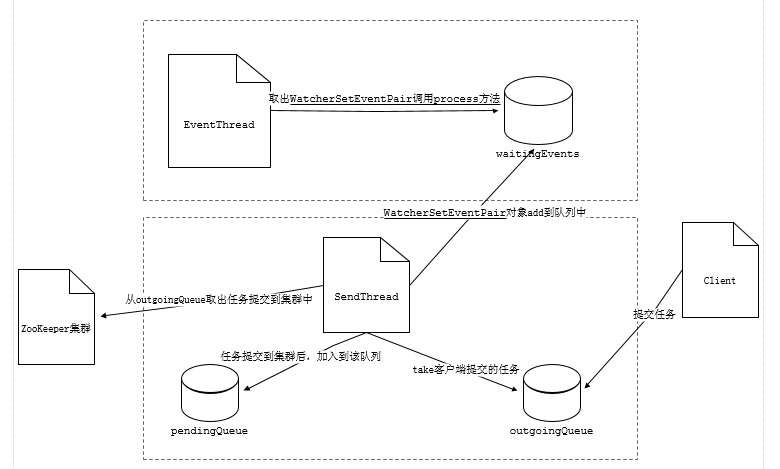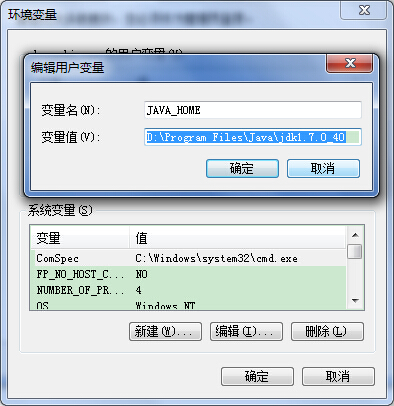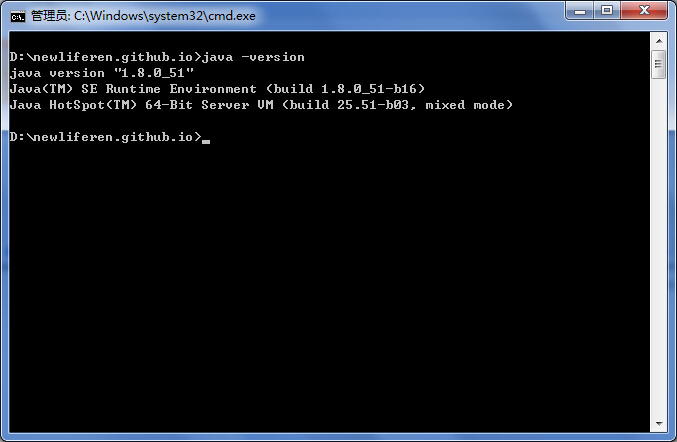原创技术文章,转载请注明:转自http://newliferen.github.io/
ZooKeeper源码阅读——client(二)
原创技术文章,转载请注明:转自http://newliferen.github.io/
如何连接ZooKeeper集群
要想了解ZooKeeper客户端实现原理,首先需要关注一下客户端的使用方式,会使用之后,方便更进一步的了解zk的源码实现。
客户端程序连接ZooKeeper集群代码
1 | public void connect() { |
客户端线程模型

ZooKeeper实现原理
接下来我们来分析zk客户端的源码实现。ZooKeeper为线程安全类,用户可以放心使用。客户端类库中最主要的三个类:ClientCnxn、SendThread、EventThread,后两者做为前者的内部类存在,当客户端创建ZooKeeper对象时,在ZooKeeper类的构造函数内解析客户端传入的server地址、实例化ClientCnxn对象,并通过ClientCnxn对象的start()方法启动SendThread和EventThread两个线程。
1 | public ZooKeeper(String connectString, int sessionTimeout, Watcher watcher, |
1 | public void start() { |
其中,SendThread线程负责从与server端建立连接、定时发送心跳消息、从outgoingQueue队列中取得任务,并通过tcp连接将请求发送到server端。SendThread类收到server端响应事件后,向waitingEvents队列中addwatcher对象,由EventThread从waitingEvents队列中获取事件,判断事件类型,回调客户端的Watcher实现类。一个完成的客户端流程就完成了。创建连接时的Watcher实现类将作为zk的默认watcher类。
StaticHostProvider连接持有者
StaticHostProvider类的功能非常简单
- 该类持有解析之后的zk server所有连接对象。
- 采用轮询算法作为负载均衡策略,从StaticHostProvider的所有连接对象中获取一个连接,这个连提供给ClientCnxn对象使用。
1 | public StaticHostProvider(Collection<InetSocketAddress> serverAddresses) |
1 | public InetSocketAddress next(long spinDelay) { |
SendThread
SendThread类主要实现的功能有三个:
- 建立到zk server端的tcp连接
1 | if (!clientCnxnSocket.isConnected()) { |
- 定时向zk server端发送心跳信息
1 | if (state.isConnected()) { |
- 将任务队列中的任务发送到zk server端
1 | clientCnxnSocket.doTransport(to, pendingQueue, outgoingQueue, ClientCnxn.this); |
- 接收从zk server端返回的响应,并将响应事件加入到EventThread线程的任务队列中,并记录事务id
1
2
3
4
5
6
7
8
9
10
11
12
13
14
15
16
17
18
19
20
21
22
23
24
25
26
27
28
29
30
31
32
33
34
35
36
37
38
39
40
41
42
43
44
45
46
47
48
49
50
51
52
53
54
55
56
57
58
59
60
61
62
63
64
65
66
67
68
69
70
71
72
73
74
75
76
77
78
79
80
81
82
83
84
85
86
87
88
89
90
91
92
93
94
95
96
97
98
99
100
101
102
103
104
105
106
107
108
109
110
111
112
113
114
115
116
117
118void readResponse(ByteBuffer incomingBuffer) throws IOException {
ByteBufferInputStream bbis = new ByteBufferInputStream(
incomingBuffer);
BinaryInputArchive bbia = BinaryInputArchive.getArchive(bbis);
ReplyHeader replyHdr = new ReplyHeader();
replyHdr.deserialize(bbia, "header");
if (replyHdr.getXid() == -2) {
// -2 is the xid for pings
if (LOG.isDebugEnabled()) {
LOG.debug("Got ping response for sessionid: 0x"
+ Long.toHexString(sessionId)
+ " after "
+ ((System.nanoTime() - lastPingSentNs) / 1000000)
+ "ms");
}
return;
}
if (replyHdr.getXid() == -4) {
// -4 is the xid for AuthPacket
if(replyHdr.getErr() == KeeperException.Code.AUTHFAILED.intValue()) {
state = States.AUTH_FAILED;
eventThread.queueEvent( new WatchedEvent(Watcher.Event.EventType.None,
Watcher.Event.KeeperState.AuthFailed, null) );
}
if (LOG.isDebugEnabled()) {
LOG.debug("Got auth sessionid:0x"
+ Long.toHexString(sessionId));
}
return;
}
if (replyHdr.getXid() == -1) {
// -1 means notification
if (LOG.isDebugEnabled()) {
LOG.debug("Got notification sessionid:0x"
+ Long.toHexString(sessionId));
}
WatcherEvent event = new WatcherEvent();
event.deserialize(bbia, "response");
// convert from a server path to a client path
if (chrootPath != null) {
String serverPath = event.getPath();
if(serverPath.compareTo(chrootPath)==0)
event.setPath("/");
else if (serverPath.length() > chrootPath.length())
event.setPath(serverPath.substring(chrootPath.length()));
else {
LOG.warn("Got server path " + event.getPath()
+ " which is too short for chroot path "
+ chrootPath);
}
}
WatchedEvent we = new WatchedEvent(event);
if (LOG.isDebugEnabled()) {
LOG.debug("Got " + we + " for sessionid 0x"
+ Long.toHexString(sessionId));
}
eventThread.queueEvent( we );
return;
}
// If SASL authentication is currently in progress, construct and
// send a response packet immediately, rather than queuing a
// response as with other packets.
if (clientTunneledAuthenticationInProgress()) {
GetSASLRequest request = new GetSASLRequest();
request.deserialize(bbia,"token");
zooKeeperSaslClient.respondToServer(request.getToken(),
ClientCnxn.this);
return;
}
Packet packet;
synchronized (pendingQueue) {
if (pendingQueue.size() == 0) {
throw new IOException("Nothing in the queue, but got "
+ replyHdr.getXid());
}
packet = pendingQueue.remove();
}
/*
* Since requests are processed in order, we better get a response
* to the first request!
*/
try {
if (packet.requestHeader.getXid() != replyHdr.getXid()) {
packet.replyHeader.setErr(
KeeperException.Code.CONNECTIONLOSS.intValue());
throw new IOException("Xid out of order. Got Xid "
+ replyHdr.getXid() + " with err " +
+ replyHdr.getErr() +
" expected Xid "
+ packet.requestHeader.getXid()
+ " for a packet with details: "
+ packet );
}
packet.replyHeader.setXid(replyHdr.getXid());
packet.replyHeader.setErr(replyHdr.getErr());
packet.replyHeader.setZxid(replyHdr.getZxid());
if (replyHdr.getZxid() > 0) {
lastZxid = replyHdr.getZxid();
}
if (packet.response != null && replyHdr.getErr() == 0) {
packet.response.deserialize(bbia, "response");
}
if (LOG.isDebugEnabled()) {
LOG.debug("Reading reply sessionid:0x"
+ Long.toHexString(sessionId) + ", packet:: " + packet);
}
} finally {
finishPacket(packet);
}
}
EventThread响应事件处理类
EventThread类负责实例化Watcher回调。每一种操作都有对应的事件回调接口,zk客户端代码会分别进行处理。
1 | private void processEvent(Object event) { |
eclipse导入zookeeper源码(一)
由于之前项目中用到dubbo,使用zookeeper做注册中心,一直想抽时间学习zookeeper,最近终于抽出时间学习zk的使用和原理。在此推荐倪掌柜的《从Paxos到ZooKeeper分布式一致性原理与实践》。
废话不多说,直奔主题。
一、搭建ant编译环境
- 下载jdk并安装。
- 配置jdk环境变量:
我的电脑->高级系统设置->环境变量->新建

编辑PATH,追加%JAVA_HOME%\bin

进入命令行窗口,执行java -version命令。

- 下载ant并安装,配置ant环境变量。
- 配置ant环境变量
我的电脑->高级系统设置->环境变量->新建

进入命令行窗口,执行ant -version

Hello Github Pages
以前觉得,技术这东西只要学会了就行了,没必要做笔记或者是写什么博客,从来都是看别人写的结束博客,但是经过一些事件之后和身边的同事朋友耳濡目染,就认识到了写博客的重要性。再者,目前github上可以创建上传静态博客,所以就开通了一个,以后坚持写技术博客,强迫自己加深对技术的了解和深入的掌握,而不是停止在表层。Go Go!